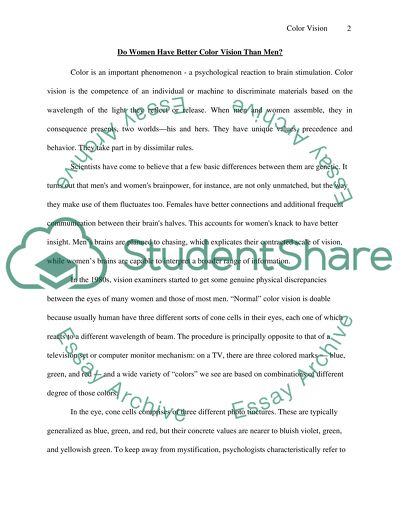Cite this document
(Do Women Have Better Color Vision than Men Research Proposal, n.d.)
Do Women Have Better Color Vision than Men Research Proposal. https://studentshare.org/biology/1522442-do-women-have-better-color-vision-than-men
Do Women Have Better Color Vision than Men Research Proposal. https://studentshare.org/biology/1522442-do-women-have-better-color-vision-than-men
(Do Women Have Better Color Vision Than Men Research Proposal)
Do Women Have Better Color Vision Than Men Research Proposal. https://studentshare.org/biology/1522442-do-women-have-better-color-vision-than-men.
Do Women Have Better Color Vision Than Men Research Proposal. https://studentshare.org/biology/1522442-do-women-have-better-color-vision-than-men.
“Do Women Have Better Color Vision Than Men Research Proposal”. https://studentshare.org/biology/1522442-do-women-have-better-color-vision-than-men.


